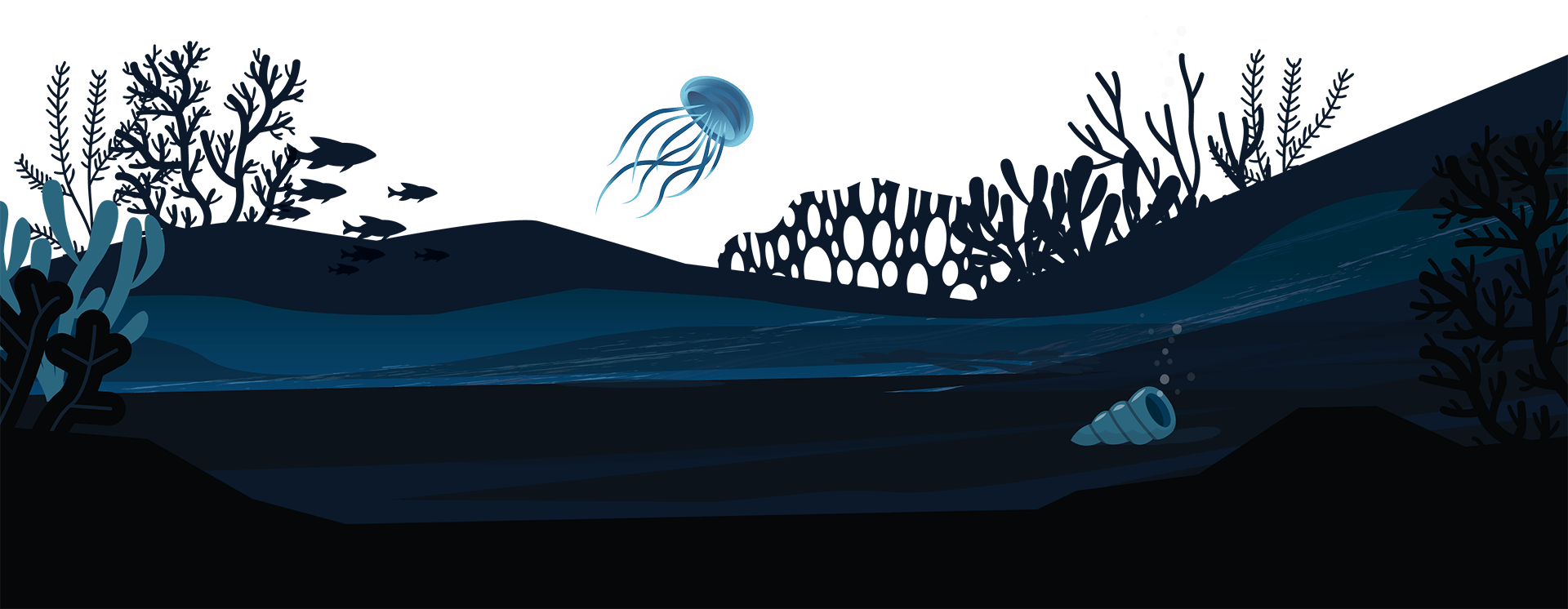11 Mar 2024

A Peek into the Life of an Animator
Back to all News
When you think of an animator, what comes to mind? Perhaps an exhausted, bleary-eyed individual slumped in front of a computer screen or drawing board for hours on end? Or maybe an excitable, child-like bundle of energy bouncing around a vibrant studio?
Either way, you wouldn't be wrong! Oftentimes, these two stereotypes are the same person, especially during a crunch, when deadlines are nigh and tension crawls the walls.
Animation is a vastly broad subject – spanning from films, to explainer videos, to games, to video marketing – one that attracts all manner of people with a number of various skill-sets and talents. Nevertheless, the life and predisposition of an animator is quite similar, in spite of all the diversity.
As well as the incredible patience required of a person to be able to sit in front of a computer for days, weeks, months on end, working on and reworking the same project or scene, another hugely important trait is observation skills. We all like to think of ourselves as observant, but just how observant must an animator be?
Very.
Say you're sat in a coffee shop or restaurant and the couple at the adjacent table start having a massive argument. Social politeness would have us avert our eyes and try not to stare too hard, leaving the warring couple to their business. But you see that nosy person sat across from them, staring intensely, almost shamelessly studying them? Yeah, probably an animator. However, they aren't just seeing an anecdote to briefly relay to their friends; an animator must delve into the details. Observation and attention-to-detail are not mere skills, they must become a way of life. Every action seen is deconstructed – from the expressions and emotions, to the build-up and follow-through, and every last bit of body language – then documented and filed away in their mental treasure trove of reference for future use in their work.
It's not just people that animators must be familiar with though – physics is also very important. Without understanding the fundamentals of physics, how else would an animator be able to completely ignore natural laws and capabilities in such a way as to still end up with a fluid and lifelike end product? Magic, perhaps? Or a keen mind and an equally sharp set of regularly-honed skills, but magic sounds cooler.
As the late talented Chuck Jones once said: “Animation isn't the illusion of life; it is life.” and such is the way of the animator. Now, having one's work constantly in mind might sound tiring but on the plus side, being able to sit and play games or watch films and series for “research” for your latest animation video is a pretty good perk. And we're never short on inspiration or reference – all we have to do is take a look around us, or even just in the mirror – believe me, walking past a room of animators all pulling faces to themselves in mirrors is a pretty comic sight.
So whilst a lot of being an animator involves painstaking repetition and many hours plonked in front of a computer, sketchbook or model, it also requires a curiosity about the world around us, a constant questioning of how and why objects and people act and react the way they do and a really comfortable chair.



